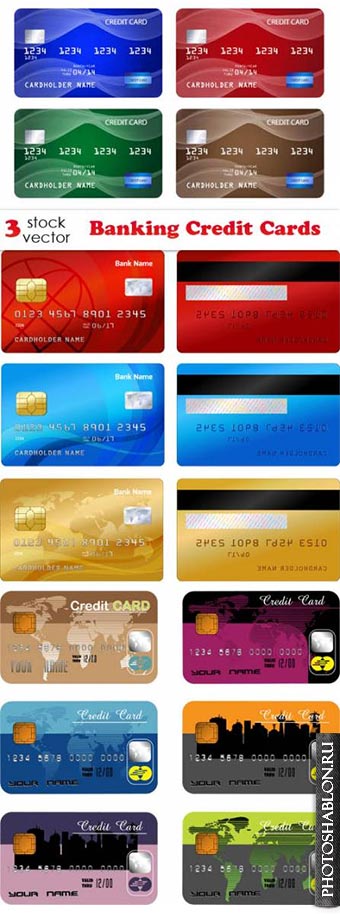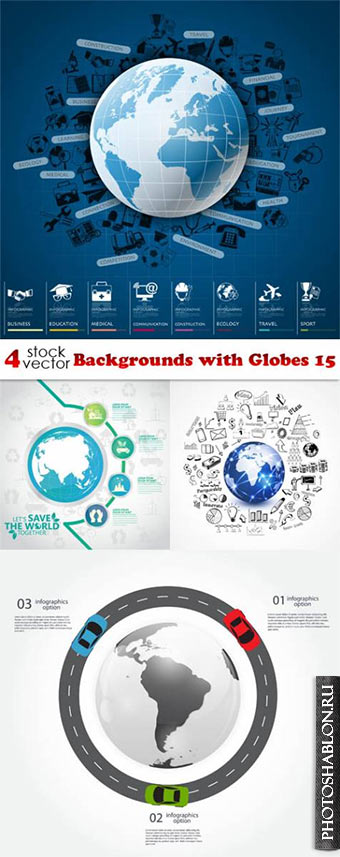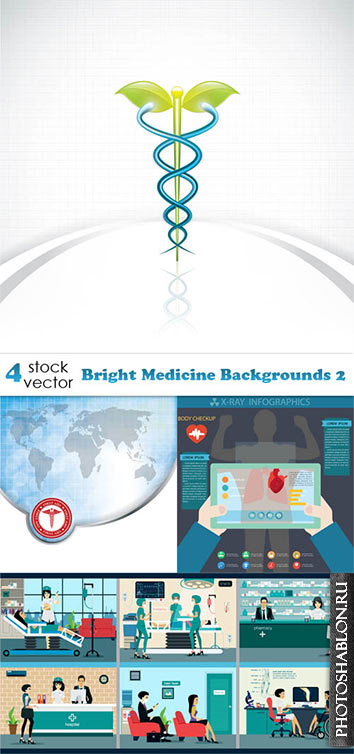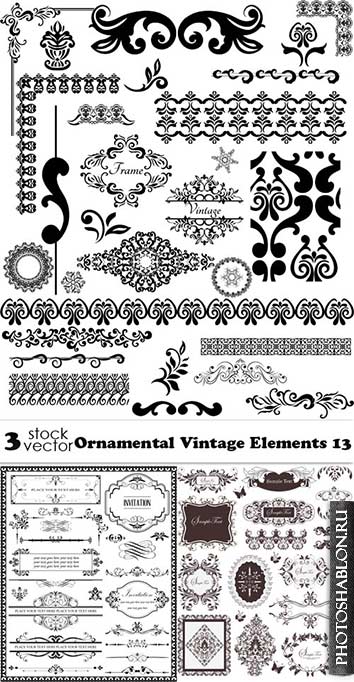
Vectors - Banking Credit Cards
3 AI+TIFF | 97.83 Mb
|

Vectors - Logotypes with books
Формат: AI (+TIFF Preview) | Количество: 3 | Размер: 60 MB
|

Vectors - Calligraphic Borders Elements 3
Формат: AI (+TIFF Preview) | Количество: 3 | Размер: 60 MB
|

Vectors - Different Wooden Elements Mix
Формат: AI (+TIFF Preview) | Количество: 3 | Размер: 65 MB
|

Vectors - Backgrounds with Globes 15
Формат: AI (+TIFF Preview) | Количество: 4 | Размер: 89 MB
|

Vectors - Bright Medicine Backgrounds 2
4 AI+TIFF | 102.76 Mb
|

Vectors - Ornamental Vintage Elements 13
Формат: AI (+TIFF Preview) | Количество: 3 | Размер: 77 MB
|

Vectors - Colored People Avatars 11
Формат: AI (+TIFF Preview) | Количество: 3 | Размер: 57 MB
|

Vectors - Business Infographics Elements 16
Формат: AI (+TIFF Preview) | Количество: 3 | Размер: 76 MB
|

Векторный клипарт - День рождения, свечи / Vectors - Birthday Candles
3 AI+TIFF | 52.86 Mb
|
|
Векторная графика, в отличие от растровой, строится не на основе сетки пикселей, а на математическом описании геометрических объектов - линий, кривых, многоугольников. Это позволяет векторным изображениям масштабироваться до бесконечности без потери качества, оставаясь четкими и гладкими даже при многократном увеличении. Каждый элемент в векторном изображении - это независимый объект, который можно редактировать отдельно, изменяя его цвет, форму, размер, положение, и т.д. Это делает векторную графику идеальным выбором для создания логотипов, иллюстраций, шрифтов, и других изображений, где важна четкость и масштабируемость.
Одним из ключевых преимуществ векторной графики является её компактность. Поскольку векторные изображения описываются математическими формулами, а не информацией о каждом пикселе, файлы обычно значительно меньше по размеру, чем их растровые аналоги. Это особенно важно для веб-графики и анимации, где размер файла напрямую влияет на скорость загрузки страницы и производительность. Кроме того, векторные файлы легче редактировать и обновлять, поскольку изменение одного объекта не требует повторной обработки всего изображения, как в случае с растровой графикой.












